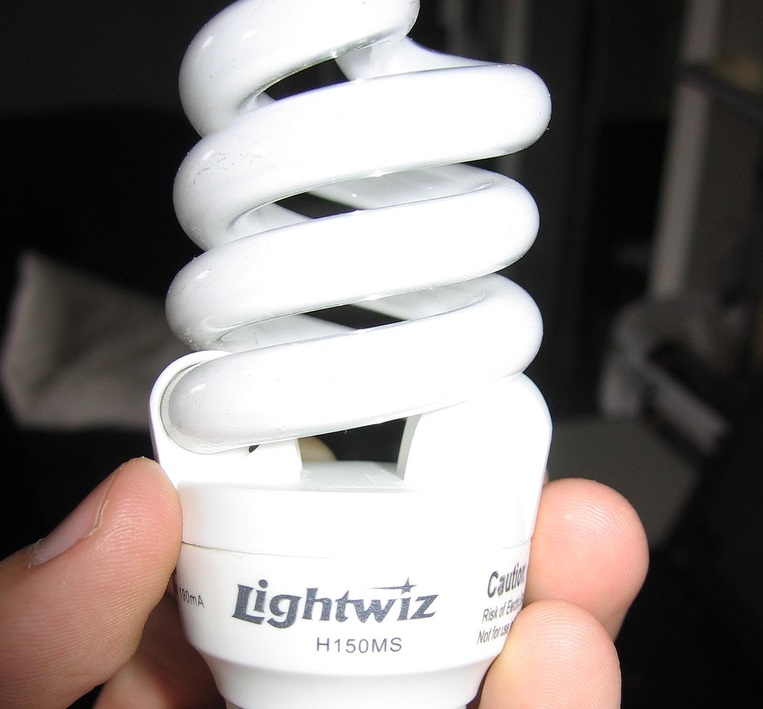By Brent Hardy
Have you considered installing compact fluorescent light bulbs (CFLs) in your office or doing a walk-through one Saturday and sealing off all those pesky drafts around the windows and doors? If so, you could save more than just a few dollars each month on your energy bill.
Today, most states offer some form of tax credit for making energy efficient improvements to your work space. From installing renewable and/or energy efficient products to effectively reducing at least 50 percent of your building’s heating and cooling use, tax credits are available to both commercial business owners and residents for making those improvements. For example:
- Arizona offers a wind tax credit up to $25,000 per building, for up to two buildings.
- Colorado’s Black Hills Energy offers a tax rebate of up to 50% of supply and labor costs for installing energy efficient equipment.
- Utah offers an income tax credit for using renewable energy systems up to 10 percent of the investment, or $50,000.
For more information about savings in your state, visit the U.S. Department of Energy’s Database of State Incentives for Renewables and Energy Efficiency.
Along with your state’s initiatives, the government also offers several tax credit incentives such as:
- Under the Energy Policy Act of 2005, home builders can use IRS Form 8908 for credit on building energy efficient homes.
- The same Policy Act offers a deduction to commercial business owners and lessees who install energy-efficient systems such as lighting, heating, ventilation and hot water.
- Purchasing a hybrid or alternative fuel vehicle is supported with a Federal tax incentive.
- The Tax Relief and Job Creation Act of 2010 offers tax credit for the manufacturing of certain appliances such as dishwashers and refrigerators.
Also, be sure to check out the U.S. Department of Energy’s Green Power Network, which provides opportunities for your business to utilize your state’s green power options.
As part of the Taxpayer Relief Act, energy efficiency tax credits are available through the end of 2013 and are retroactive for 2012. Additionally, tax credits for energy efficient power systems such as solar, wind, geothermal heat and fuel cells are available through 2016. For more information about energy efficiency credits for your small business, check out the U.S. Small Business Administration website.
What are some useful tax incentives you’ve found in your state? What advice would you give other business owners who are considering upgrading their offices with energy efficient products?
Brent Hardy oversees all corporate construction and facilities management activities for Extra Space Storage and leads corporate sustainability programs, implementing solar power, energy efficiencies and more. In Albuquerque, visit Extra Space Storage at http://www.extraspace.com/Storage/Facilities/US/New_Mexico/Albuquerque/501524/Facility.aspx.







